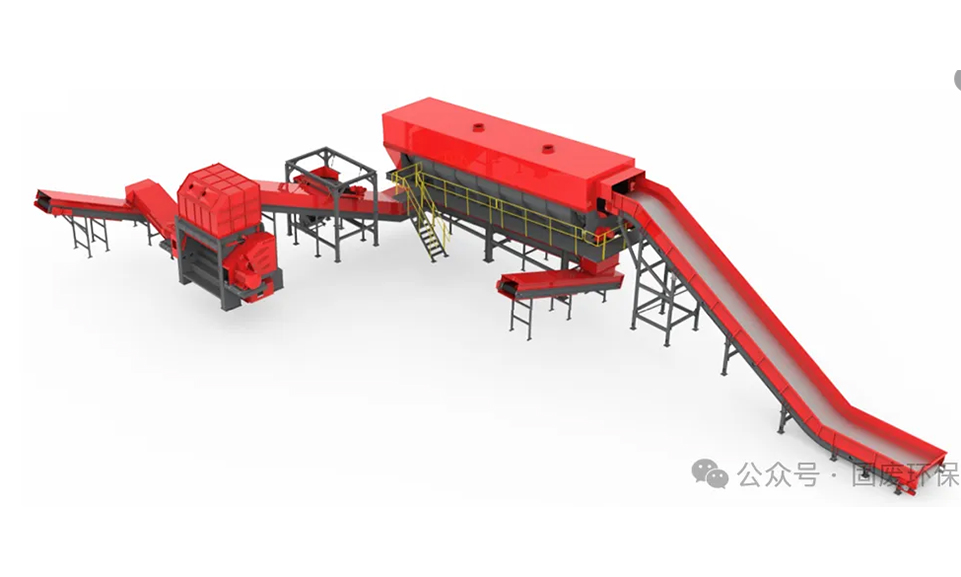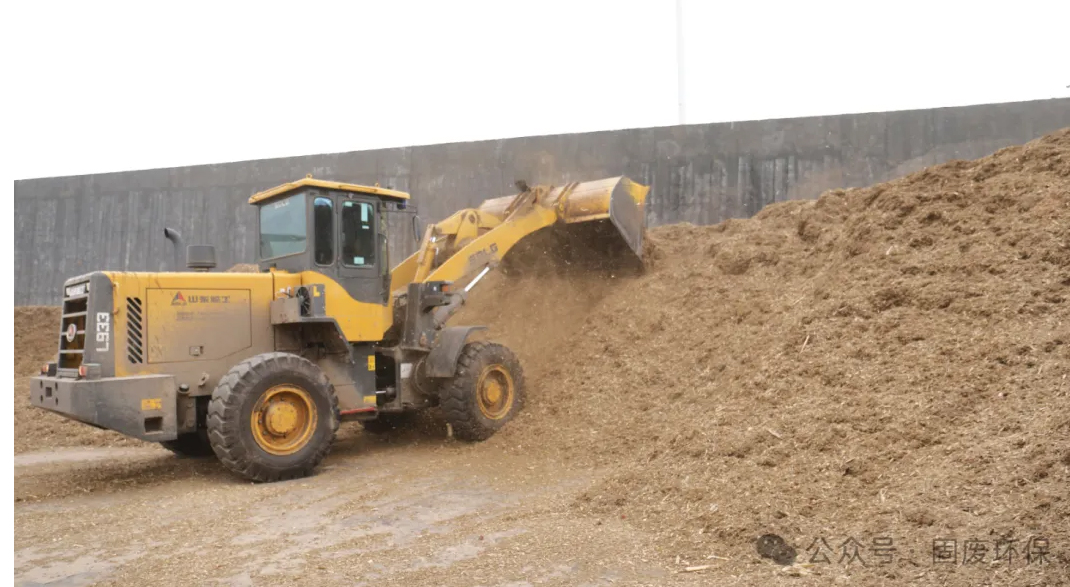Biomass alternative fuel: co-combustion of coal explodes!
Biomass fuel blending in Europe
Europe has used biomass fuels on a large scale for more than 30 years.
The UK has adopted the direct-fired co-combustion route for large coal-fired power plants and has continuously increased the proportion of biomass coupling. Through policy drive, cost management and safety control, it achieved multiple 100% biomass-fired thermal power plants in 2018.

Denmark and Finland have adopted biomass fluidized bed technology and have long developed biomass power generation and biomass coupled power generation in small fluidized bed boilers. They also use low-cost and high-efficiency direct-fired coupled power generation in large coal-fired power plants.
Germany's biomass fuels are mainly reflected in the cement industry. According to data released by the Global Cement and Concrete Association GCCA, Germany's biomass fuels, alternative fossils and mixed waste accounted for more than 70% in 2019, ranking at the most advanced level in the world. Among them, the blending of biomass alternative fuels accounted for 22.3%.

How to couple and burn biomass fuel with coal?
The largest source of biomass resources is agricultural and forestry waste, such as straw, rice husk, branches, etc. A prerequisite for realizing coupled combustion of biomass in large coal power units is that there must be a sufficient and relatively stable supply of biomass fuel. Therefore, adapting to local conditions, using diversified biomass raw materials, and a stable biomass fuel preparation system have become the key to blending biomass fuel.
Harden Machinery conducts various experiments on agricultural and forestry wastes, such as various dry yellow straws, waste bamboo, branches and other materials with different water and humidity, and continuously improves and optimizes the equipment to "break finer, sort faster, and select more." Based on the concept of "accurate", a biomass resource processing system compatible with various biomass raw materials has been launched.
Refined shredding technology adapted to various biomass raw materials
After more than ten years of deep cultivation in the solid waste treatment market, Harden has accumulated a lot of experience in biomass pretreatment, overcome various bottlenecks encountered in traditional equipment crushing treatment, and developed a one-step single-shaft crusher to adapt to various types of waste treatment. Refined crushing of agricultural and forestry waste.
It adopts close-packed blade cutting technology to increase shearing efficiency by 50%; Harden adopts the design of replaceable cutters and detachable screens to meet the discharging requirements of various agricultural and forestry waste raw materials, such as wood branches, with a certain volume density The raw materials need to be shredded more finely (≤30mm); while the straw materials, which have a certain toughness, need more uniform and larger output.
Integrated equipment combination, annual production capacity can reach 150,000 tons
The biomass resource processing system is freely combined with "modular, integrated, automated" environmental protection equipment, and effectively prepares various biomass raw materials into several types through crushing, screening, iron removal and other RDF/SRF alternative fuel preparation technologies. Ten millimeters of RDF/SRF alternative fuel.
[System production capacity] 100,000-150,000 tons/year
[Discharge size] ≤20mm; ≤30mm; ≤50mm (can be customized and adjusted depending on the application scenario and customer needs)
[Application scenarios] Preparation of SRF/RDF alternative fuels; coupled combustion of biomass alternative fuels for power generation; pretreatment of biomass to methanol; pretreatment of biomass to biogas, etc.
Biomass fuel is a green and environmentally friendly energy. With the development of industrialization, the multiple applications of biomass coupled combustion, biogas production, methane production, etc. are of great significance for realizing strategic continuity of energy, improving production and living environment, and effectively utilizing resources.

